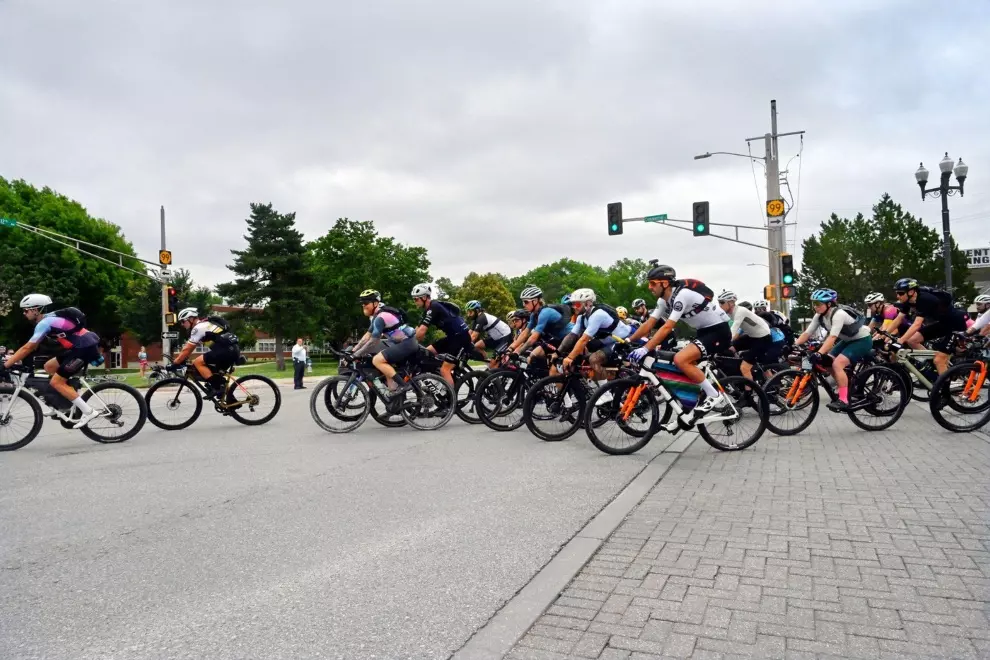One person who has taken on and completed the Škoda Titan Desert is Czech mountain biker Filip Adel. Although he found his first race there mentally challenging, he was able to complete it and he is back for more in 2022. Here, he speaks to We Love Cycling about how you navigate through the desert, using technology and some traditional methods to conquer the Škoda Titan Desert.
But first, how does the race work? The racers are given waypoints which they must cycle through during the day, but how they get from point A to point B is entirely up to them. This means you can choose a riskier path with unsuitable terrain that, as the crow flies, may be quicker, but could leave you stalled in the sands as your rivals go around you on better trails.
https://www.instagram.com/p/Bw-VUiaHRgX/
This is exactly what happened to Filip in his last outing in the desert. He takes up the story: “In one of the stages, I trusted the Spanish to navigate. The waypoint was in the middle of some sand dunes, and I thought they had a good route figured out. The opposite was true, it ended up being an hour-long march in the dunes, I lost about 200 places and, overall, I was pretty crushed at the time. In retrospect, though, I like to think back on it.”
Those moments in a race like this can be make or break. No matter your preparation or your fitness, a wrong turn or a bad call on navigation can ruin your race. So how does Filip prepare his route despite only knowing his waypoints just days in advance?
“Preparation before each stage is definitely important. It’s good to map out which way I want to take. I only used the maps I had uploaded on my Garmin. But I was basically just taking it as a rough guide anyway because I wouldn’t have been the only one in the group to go on some solo ride into the unknown.
“Everyone uploads these to their sat nav. There will probably be a few experienced racers who have good maps and will use them to choose a more advantageous route.”
Navigating is certainly made easier with Garmins and other tools that most cyclists use on a daily basis. But, as with everything electronic, it can die. Luckily, although in the desert, the safety team are always on hand, as Filip explains. “If someone gets so lost that they don’t know what to do, they use the tracker to call for help. The race is an adventure, but it’s still secured to a high standard. The organisers try to keep the participants as safe as possible.”
It can be a daunting expedition for any cyclist when taking on a race like the Titan Desert, but with great preparation and some luck, you can still have an experience that is unique in cycling.




